
AeroGenie: Su copiloto inteligente.
Tendencias
Categories
General Electric Tests Ramjet Engines for Hypersonic Missiles
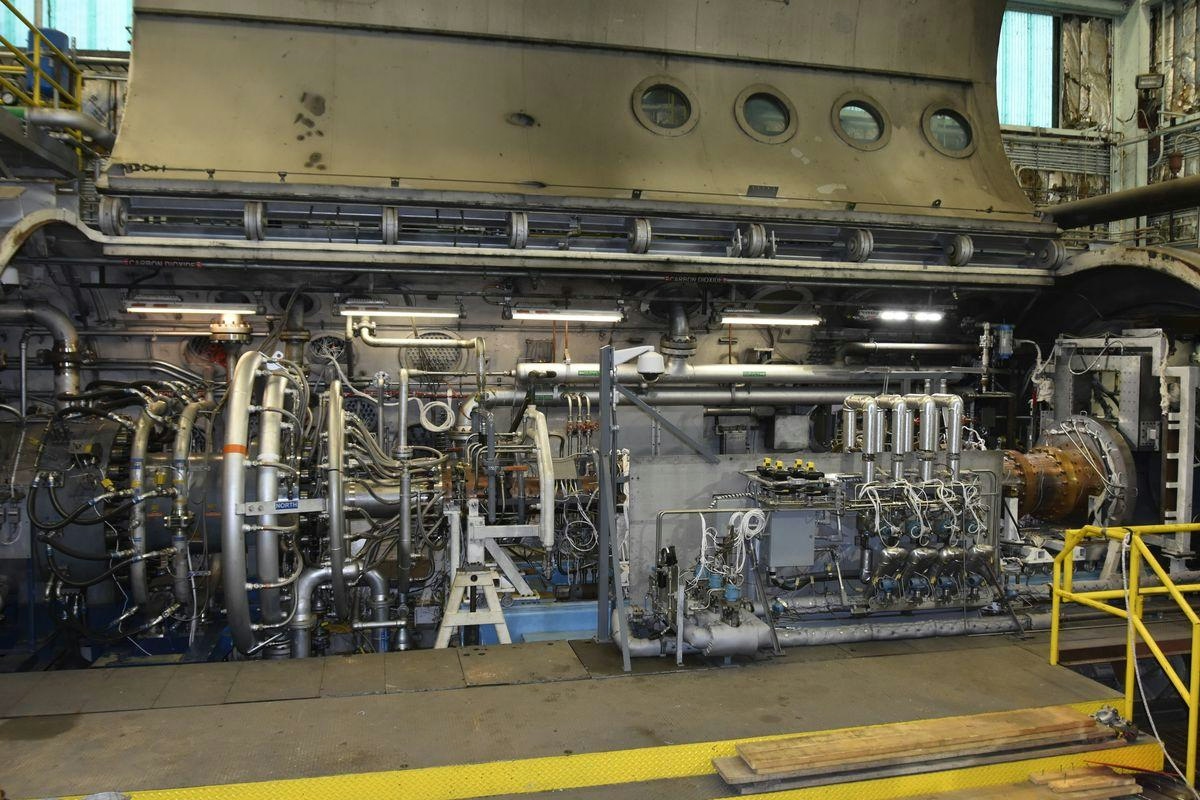
General Electric Advances Hypersonic Missile Propulsion with Ramjet Engine Tests
General Electric (GE) Aerospace has announced significant progress in the development of hypersonic propulsion technologies, revealing successful tests of its Solid Fuel Ramjet (SFRJ) and Hypersonic Dual-Mode Ramjet (DMRJ) engines. These advancements come as the United States intensifies its investment in hypersonic weapons, marking a pivotal step in the effort to deploy next-generation missile systems.
Testing Milestones and Technical Developments
On September 22, 2025, GE confirmed the testing of its SFRJ propulsion system at the Kennedy Space Center, alongside trials of its dual-mode rotation-detonation combustion ramjet at the GE Aerospace Research Center in New York. The SFRJ was integrated into the Atmospheric Test Launched Airbreathing System (ATLAS) Flight Test Vehicle, which successfully completed a supersonic captive carry flight test. According to a promotional video released on October 1, the ATLAS vehicle, mounted on the port wing of an F-104 Starfighter, achieved three successful supersonic test flights by late September.
The choice of the F-104 Starfighter, operated by Starfighters Aerospace, was strategic due to its capability to reach speeds up to Mach 2.2. This speed is critical for demonstrating ramjet ignition and sustainment under realistic flight conditions. Mark Rettig, vice president and general manager at GE Aerospace’s Edison Works Advanced Programs, emphasized that the ATLAS vehicle serves as a test platform to demonstrate the solid fuel ramjet in flight-relevant environments. He noted that transitioning from laboratory and ground tests to these conditions is an essential precursor to independent propulsion system flight.
The ATLAS program is funded by the Department of War under Title III of the Defense Production Act, with the objective of scaling air-breathing propulsion technologies to extend the operational range of advanced munitions. The successful captive carry tests have provided GE with the confidence to advance to the next phase of development.
In parallel, GE has demonstrated its Hypersonic Dual-Mode Ramjet (DMRJ) engine, which employs rotating detonation combustion (RDC) technology within a supersonic flow stream. This engine was initially tested at GE’s Niskayuna, New York research center in late 2023. The DMRJ technology promises enhanced efficiency and performance at hypersonic speeds, a critical requirement for future missile systems.
Strategic Implications and Industry Impact
These technological advancements arrive amid heightened interest from defense contractors and government agencies aiming to harness cutting-edge propulsion for hypersonic weapons. Despite progress, the development of reliable and efficient engines capable of withstanding the extreme conditions encountered at hypersonic speeds remains a formidable technical challenge. Ensuring safety, performance, and seamless integration with existing missile platforms continues to be a significant hurdle for GE and its competitors.
The market response to GE’s progress is anticipated to include increased attention from industry stakeholders and may accelerate research and development efforts among rival firms. As competition intensifies, the hypersonic propulsion sector is likely to witness new innovations and collaborations, further shaping the future landscape of advanced weaponry.
GE’s recent tests underscore the company’s commitment to advancing hypersonic propulsion technologies and maintaining a leading position within a rapidly evolving defense environment.
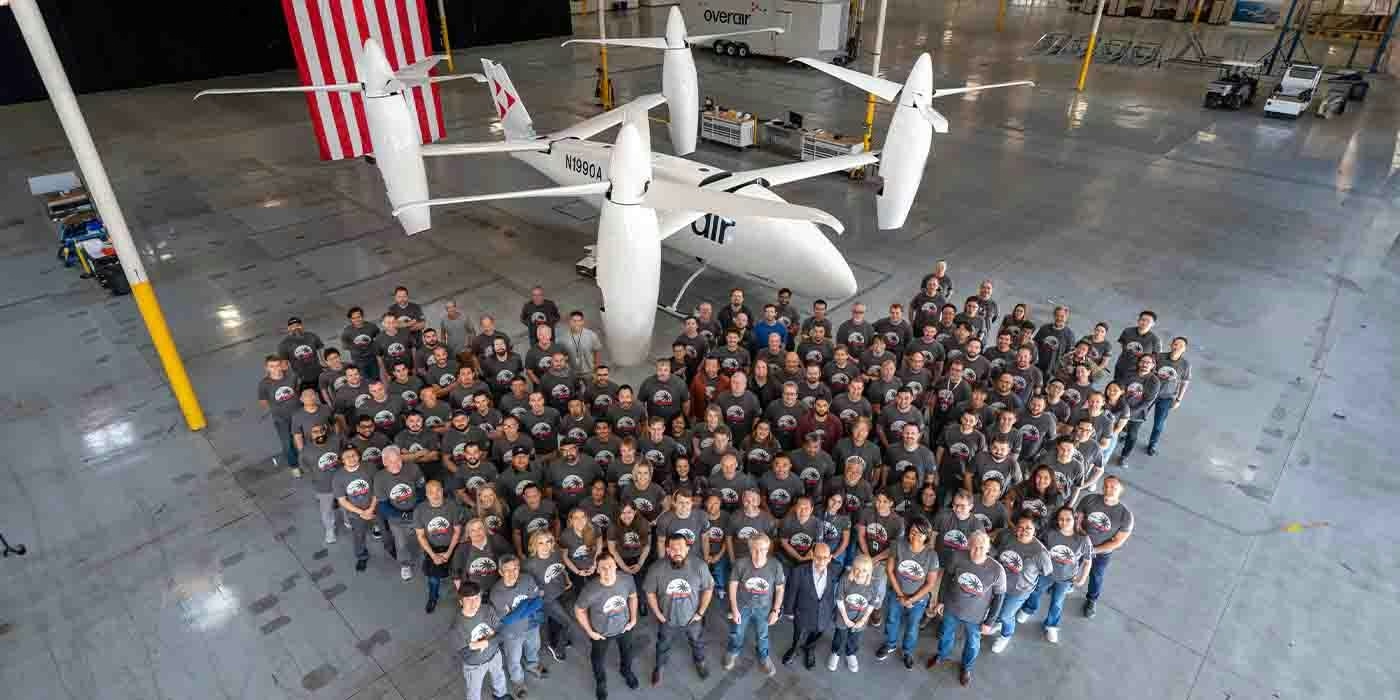
Unique mixed-propulsion eVTOL completes transition flight testing
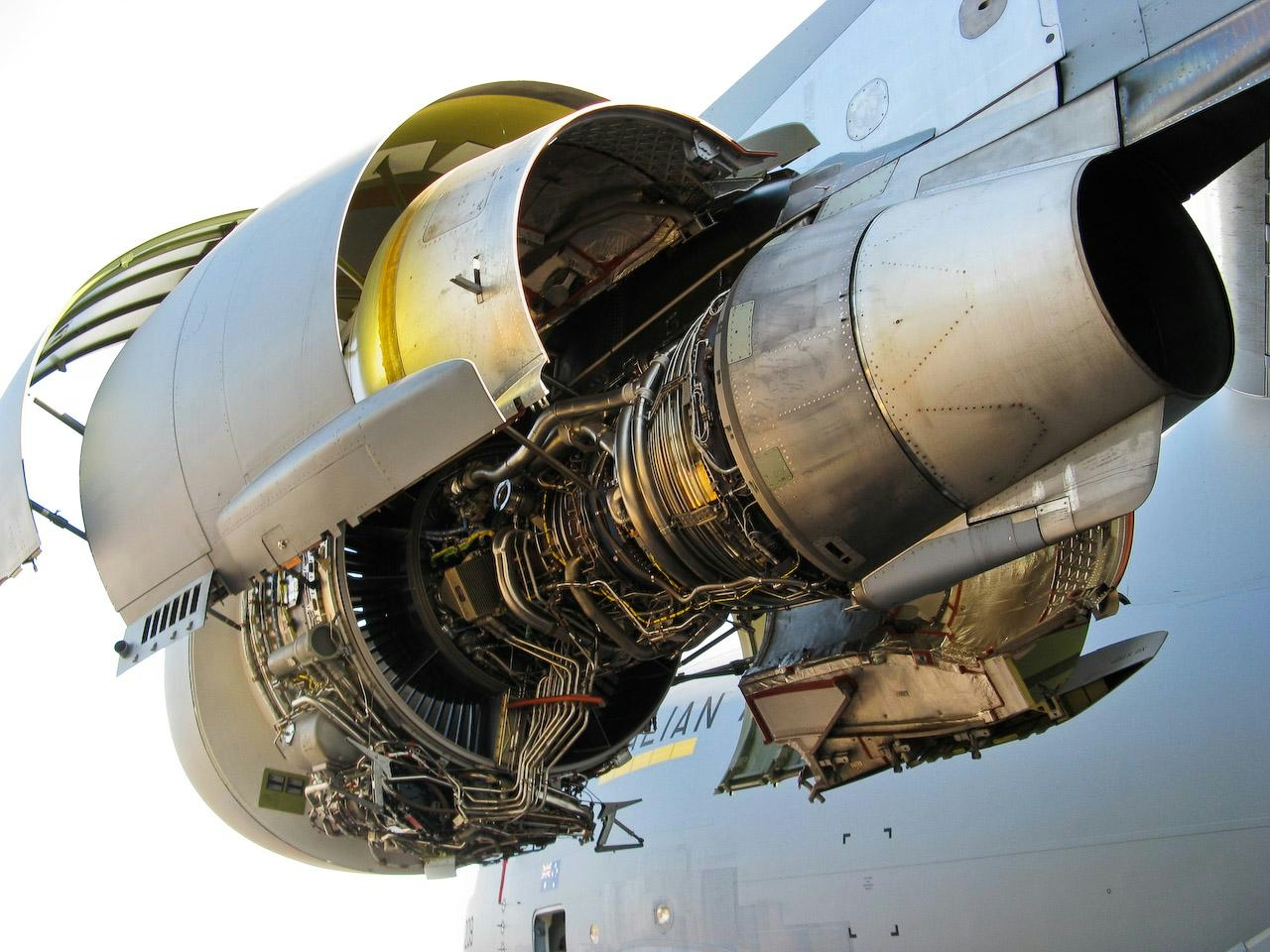
Are C-17 Globemaster Engines Derived from Boeing 757?

Why the Airbus A350’s Cabin Is Quieter Than Other Aircraft

AI and AI Express Plan to Increase Capacity Amid IndiGo Flight Disruptions
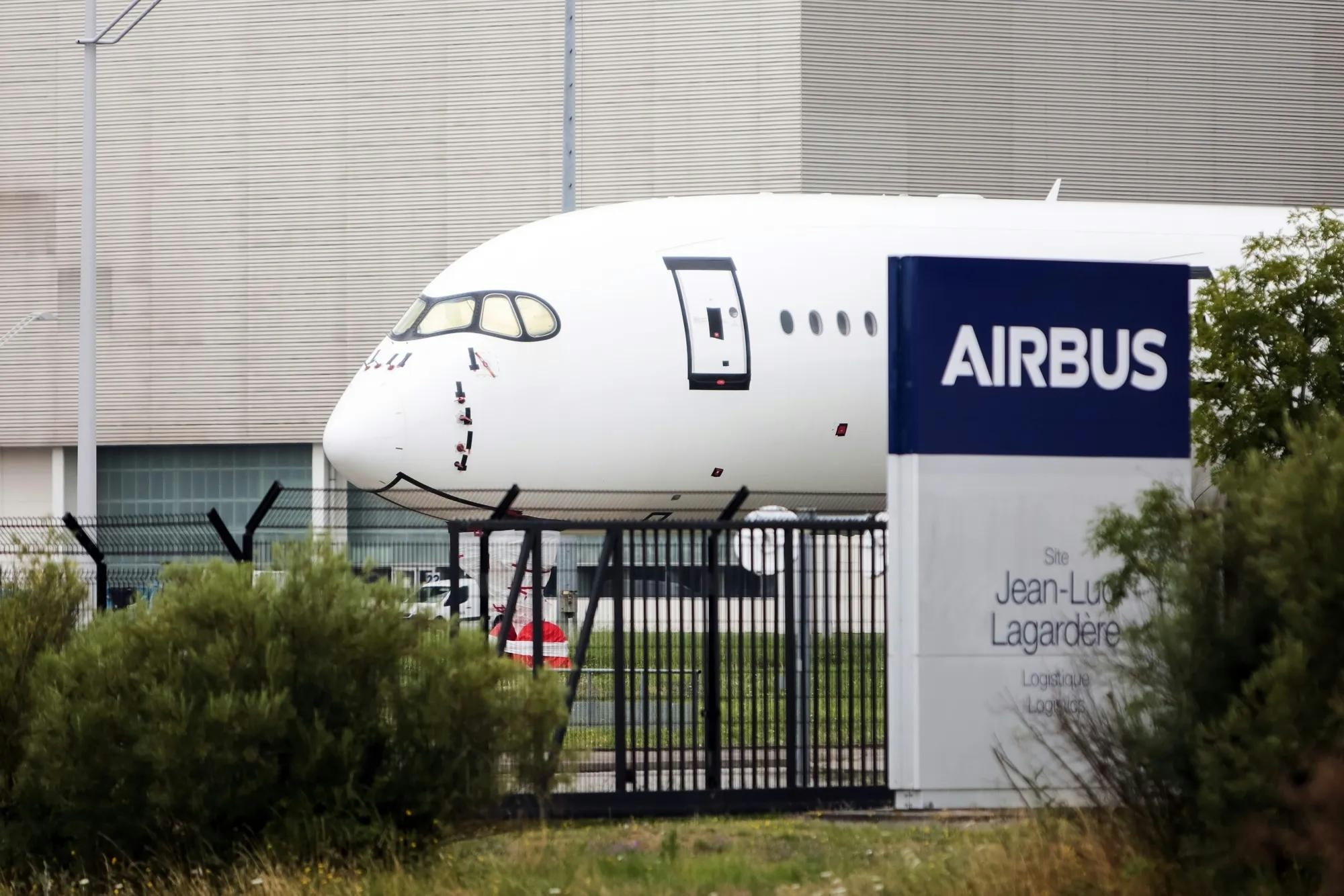
Kazakhstan and France Agree on Airbus Aircraft Deliveries
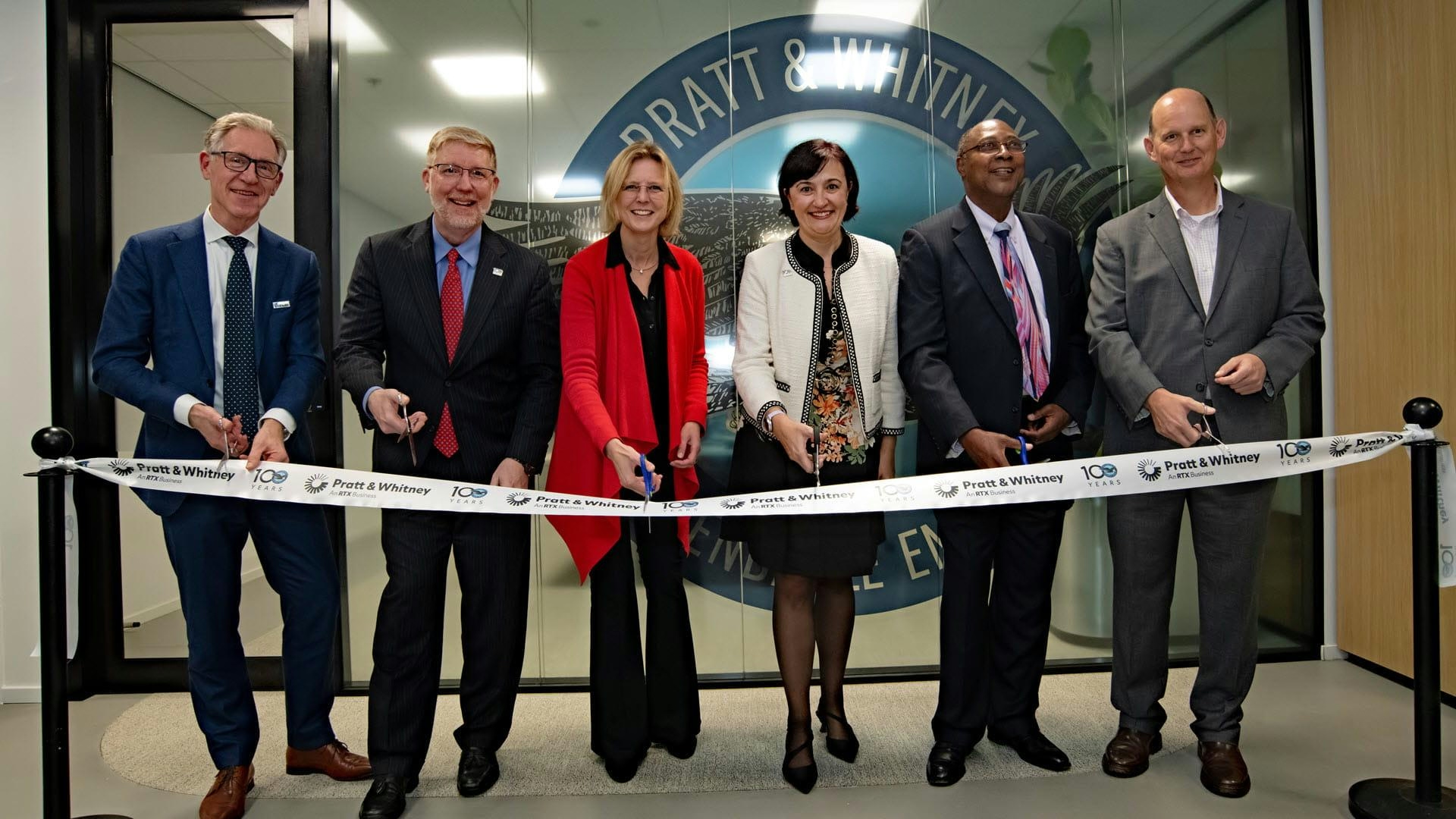
Europe’s Emerging Talent Drives Aviation Innovation
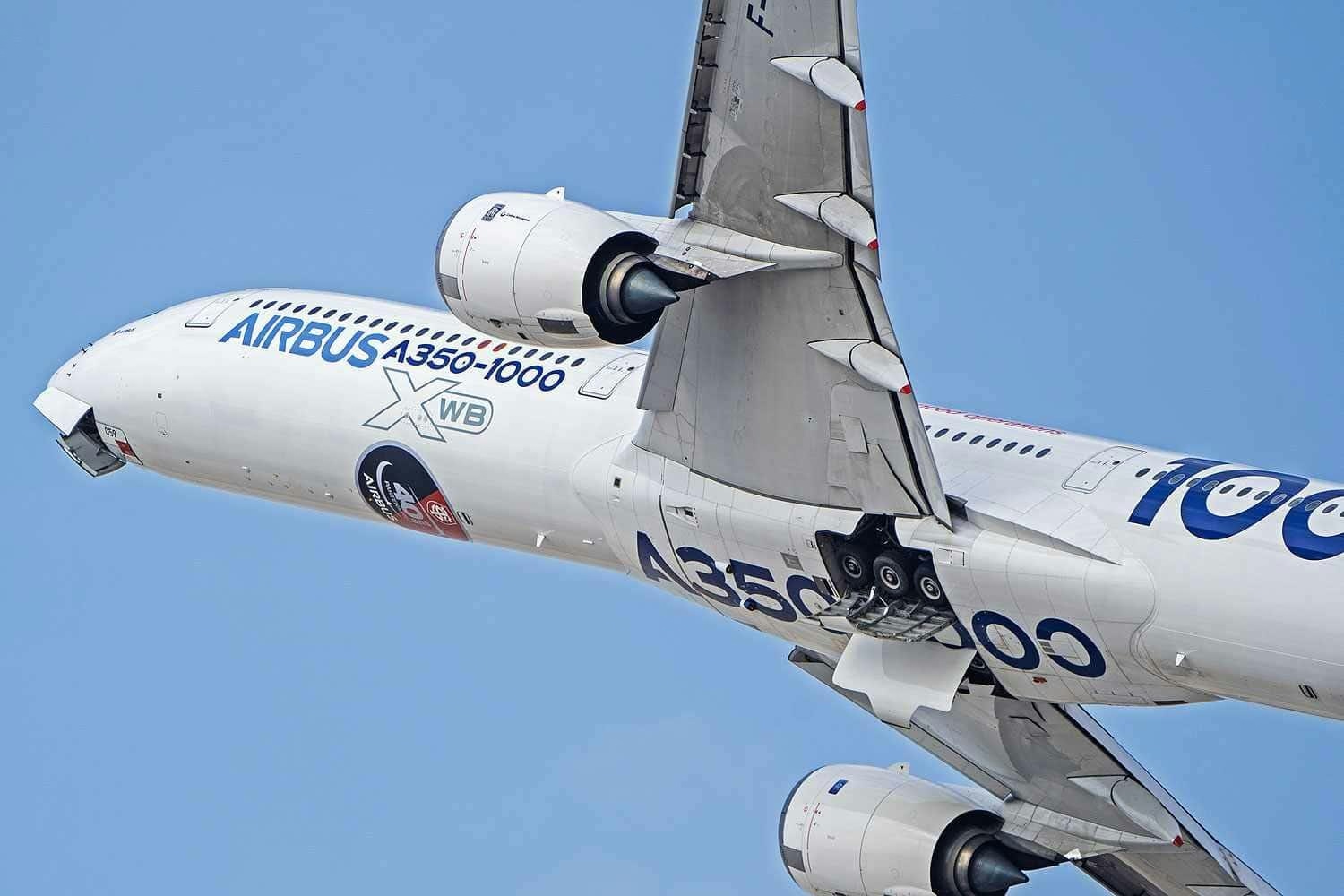
Airbus Receives New Order for A350-1000

The Leading Widebody Aircraft in Service Today

The Fastest Boeing Jet Currently in Service
